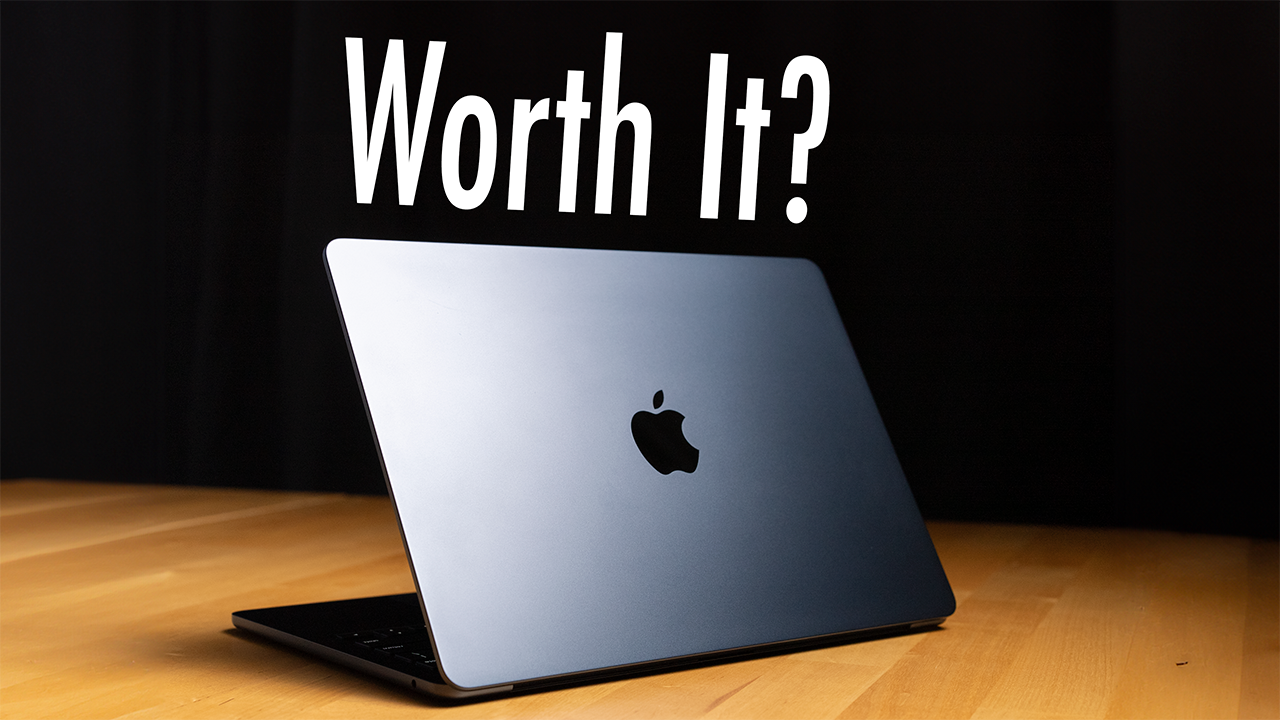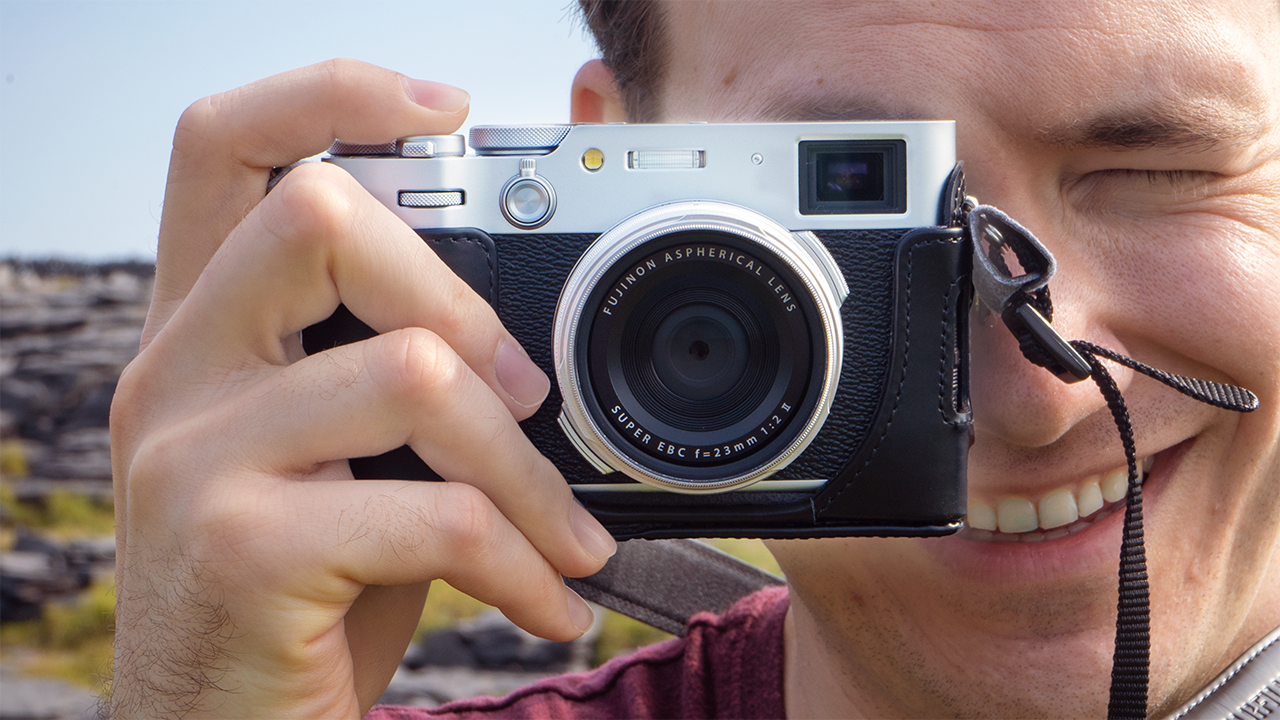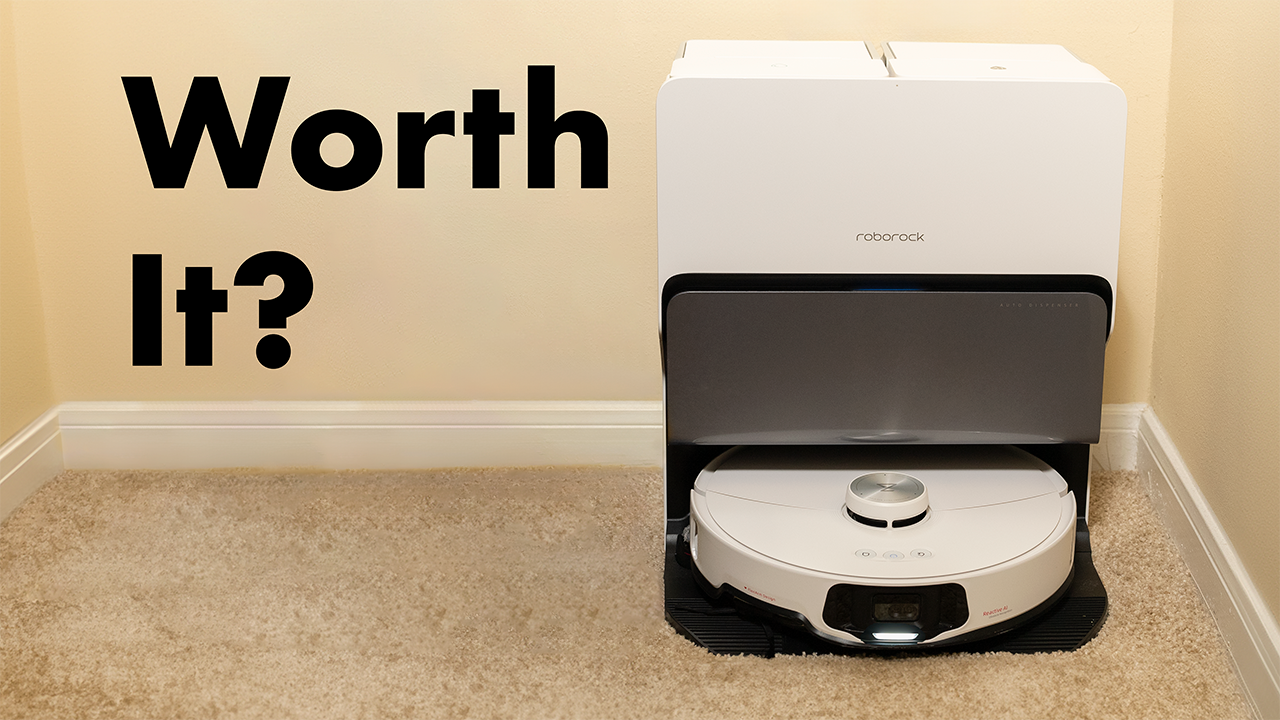Product Links:
Nothing Phone 2 (Affiliate Link)
Pixel 8 (Affiliate Link)
Samsung S24 Ultra (Affiliate Link)
iPhone 15 Pro Max (Affiliate Link)
Pixel 8 Pro (Affiliate Link)
Video transcript:
So, it’s been 6 months since I bought the Nothing Phone 2, and you’ve probably got some questions. Like, has it lived up to the hype, or is the Nothing Phone 2 just a beautifully designed phone full of useless gimmicks?
Design and Ergonomics
To unpack that, first, let’s take a look at the Glyph interface on the back of the phone, which lights up with a bunch of LEDs to convey different information. This interface, paired with the transparent back design, gives the Nothing Phone 2 a look that stands out from any other phone out there. It’s just a stunning design. In person, it’s comfortable to hold in your hand, with its 20.2 grams of weight, which is anywhere from 20 to 30 grams lighter than other phones of this size, like the iPhone 15 Pro Max and the S24 Ultra. Even though this phone looks like an iPhone with its aluminum side rails, Nothing has smoothed their edges so the phone doesn’t feel as sharp as iPhones 12 to 14 did. It’s the closest I’ve seen an Android phone come to matching an iPhone’s shape. Even the power button and volume buttons are on different sides.
Accessories and Utility
At the time I ordered my phone, I also really liked that Nothing made it easy to order a clear case and a screen protector right from their site. It makes it easy to still appreciate the phone’s design while protecting both sides of it. Though, I do wish the case didn’t attract so many fingerprints. When you use the phone bare, it actually doesn’t show fingerprints on the back that much. So, hats off to Nothing for making that design choice.
Glyph Interface and Functionality
When people said the Glyph interface was a gimmick, I took that to mean that it wouldn’t actually do anything useful, and that hasn’t been true. There are actually some things about it that I found really useful for the past 6 months, which has mainly been the Essential Glyph. It’s a light on the Glyph interface that stays on when you get a notification that you deem important. You can set this up in settings for which apps you want the Essential Glyph to light up and even which contacts from that specific app. It’s a really nice way to keep your phone’s screen down and only pick it up for important notifications. The other parts of the Glyph interface I’ve liked are the volume rockers. You can also wiggle the phone to see the current charge level via the charging meter Glyph and the Glyph Torch, which gives you a flashlight but one where you’re not going to be blinded by it because of that diffused light. All of the other Glyph stuff I haven’t really used, though, like the recording light, which I think is an interesting idea to let people know when you’re recording them or making sure your camera is recording if you can’t see the screen. Now there’s also a Glyph progress bar, which will light up as your ride or delivery gets closer to you or if you now have an upcoming meeting approaching. But 6 months in, the services that it integrates with are just Uber, Zato, and now Google Calendar. That’s a pretty limited integration set.
Screen Quality and OS
The next thing I really like about this phone is its screen quality. It’s surprisingly good. The Nothing Phone 2 sports a 6.7-inch flexible LTPO AMOLED display that can go up to 120 Hz for super smooth scrolling, and it looks great with good viewing angles and excellent clarity. I really like the default white balance of this particular display, and Nothing actually lets you adjust it further in display settings, which I think is really smart. Now, the hardware is only half the experience of the phone. The other half is Nothing OS, which, yes, is Android but a very stylized version of it. Nothing has added its own monochromatic flair with pops of bright red. This aligns with Nothing’s stance that tech should be less distracting to you, and making app icons not look like bright pieces of candy can make them less enticing to click on. With a Nothing icon pack that you can download, they also have stylized widgets and folder customizations as well to match. Overall, I found this OS to be very fluid and very close to the barebones experience you get with Pixel OS. There’s no crapware to be found on this phone, and Nothing has actually made some pretty interesting improvements to the Android OS in general, with app cloning probably being the most useful one. The way Nothing implemented this is dead simple. If you have multiple logins for something like Snapchat or Instagram, for example, and you want to be logged into multiple accounts at once, you can just simply clone the app. Now, some other Android phones like Samsung phones do let you do this, while other Android phones like the Pixel will not let you do this unless you use a third-party launcher. Another useful feature is being able to add fingerprint verification to get into certain apps, like Photos, for example, which theoretically makes it harder for someone who stole or just picked up your phone to get into certain parts of your phone. Now, about the only downside I found with Nothing OS is, part of Nothing’s design language is really leaning into being form over function. The weather app is a great example of this. Because of Nothing’s insistence on their iconography being so geometric, mostly made out of circles, it can sometimes make it harder than it needs to be to figure out what you’re looking at. Because Nothing OS doesn’t use almost any color on purpose, that can actually make it harder to glance through an app like weather and perceive information hierarchy and ranges. The best way to illustrate this is to look at a weather app that does it a bit better, which in this case is the Apple Weather app. See in Apple’s weather app how it’s completely obvious what the current conditions are because that’s the background and how they use color like blue for rain, yellow for sun, and color gradients for temperature ranges. All of this use of color helps organize the information and give it a bit of hierarchy, which Nothing could definitely replicate a bit more in their app.
Performance and Audio
Next, let’s talk about some other things with this phone. As far as its performance overall, it’s been snappy. The games I’ve played on it have run fine with its Qualcomm Snapdragon 8 Plus Gen 1 chip. The face unlock and fingerprint unlock on the phone have been good and reliable as well. Its speakers are decent, as well as its mic quality.
Camera Quality
Now what about the camera? Is it actually good? When I first got the phone, I was not at all impressed with its camera system. It wasn’t very consistent, would have issues processing colors on people’s faces correctly, and I just wasn’t wowed with Nothing’s photo processing overall. Nothing did, however, make several updates to the system during my review period, and to help me figure out exactly where this camera stands in terms of the competition, I’ve mainly been comparing it to the Pixel 8 because these phones are both in the same price range. Overall, it’s a mixed bag, but the Nothing Phone 2 does hold its own against the Pixel 8, even outright beating it in certain scenarios. For daytime photos, the Nothing Phone 2 has a tendency to oversharpen some images, and I found that the Pixel 8’s color science is a bit more true to life. However, with selfies, I liked what I got out of the Nothing Phone 2 more with its better bokeh and coloring. For daytime videos, the Nothing Phone 2 was as good if not better than the Pixel 8 with its contrast and having a tendency to produce fewer digital artifacts in parts of the frame with a lot of movements like running water. The biggest downside with video footage is, by default, it’s not really stabilized. Nothing does have an action mode for stabilization, but you can’t use it with 4K. For night photography, I’d give the edge to the Pixel for its better colors and overall look. Night videography, however, is a different story. The Nothing Phone 2 produces a noisier but much sharper image with better dynamic range compared to the Pixel. Just don’t use the night mode with a Nothing Phone 2’s video because that’s going to produce some pretty garbage footage. The camera also includes a macro mode, but I do wish it had auto-detection and switching like Apple and other smartphone manufacturers have implemented with their camera systems. And the level feature of the camera app is a bit wonky. It looks like it almost stutters. It definitely isn’t smooth. Another thing I liked about Nothing’s camera app was they added an easy-to-get-to expert mode where you can capture raw photos. But I do wish they had a similar pop-out to the Pixel camera app that lets you trigger raw in the regular photo area as well for when you don’t need to go into expert mode but you might still want to capture a raw photo.
Miscellaneous Issues and Recommendations
Moving on from the camera, one of the other big downsides I’ve encountered with the Nothing Phone 2 is actually its volume steps. The Nothing Phone 2 has like 15 volume steps, which I believe is Android’s default, but I often found it difficult to find the perfect volume level for what I wanted to listen to. I think they should copy what Samsung, Pixel, or even what the iPhone does and give you way more volume steps for more granular control. The other main downside is actually with Nothing as a brand and specifically their support. I bought the Nothing Ear 2 buds to review over the summer, but they ended up hurting my ears. And when I returned them, they delayed my refund because they needed to charge me a $15 shipping fee, which Nothing charges for all returns where someone just didn’t like the product. Instead of just subtracting that fee from the original amount I paid, they needed me to pay the fee via PayPal. So I did it, but the whole thing came across as pretty amateurish. You’d think Nothing, being a smaller company, would have an advantage of not having its department set up like this from the get-go. So for the time being, I’d only recommend getting a Nothing device from a third-party retailer like Amazon that has a better return policy.
Suggestions for Improvement
So aside from those downsides, there are a few other improvements I think Nothing could make to this phone. The first is when you first set up the Phone 2, the Google app is available when you slide over to the left, which feels very antithetical to Nothing’s mission to have your phone distract you less. That feed is often just filled with clickbait garbage, and I’m guessing Nothing has to have it enabled by default in order to use Android. But if that’s not the case, they should definitely disable it by default. And then the other improvement I think Nothing could make is to add an area in settings where users can submit feedback on bugs and feature requests, like Google and others do in their software.
Conclusion
So that’s everything I’ve liked and disliked about the Nothing Phone 2, and I do recommend it for anyone who wants a larger Android phone that’s not going to break your budget, a phone that has a cool aesthetic, and for those who don’t need or want a top-of-the-line smartphone camera system. If that’s you, I think you’d be really happy going with a Nothing Phone 2. Nothing’s entire goal with their brand is to make tech feel cool again and pull people out of their apps for fewer distractions. With features like the Glyph interface and it’s a similar theme we’ve seen with other devices like the recently launched Rabbit R1. And while I don’t really think Nothing has accomplished all of that with the Nothing Phone 2, what they have done is built a quite respectable mid-range Android phone that does provide a slick experience with a decent camera and a very unique aesthetic that truly differentiates it from the rest of the smartphone market.
Now, if you want to see more of my thoughts on other smartphones or my thoughts on the Pixel 8 specifically and what features it has, you can see more of my videos by clicking here, here. And don’t forget, if you like this video, hit that thumbs up button below and subscribe for more. For 6 months later, I’m Josh Teder. Thanks for watching.



